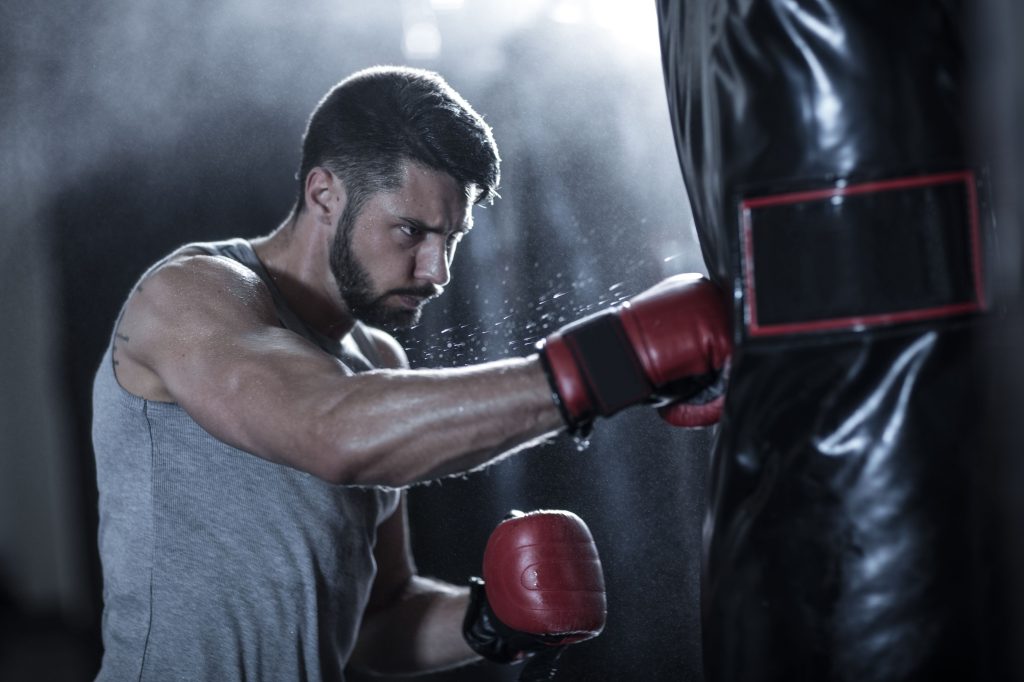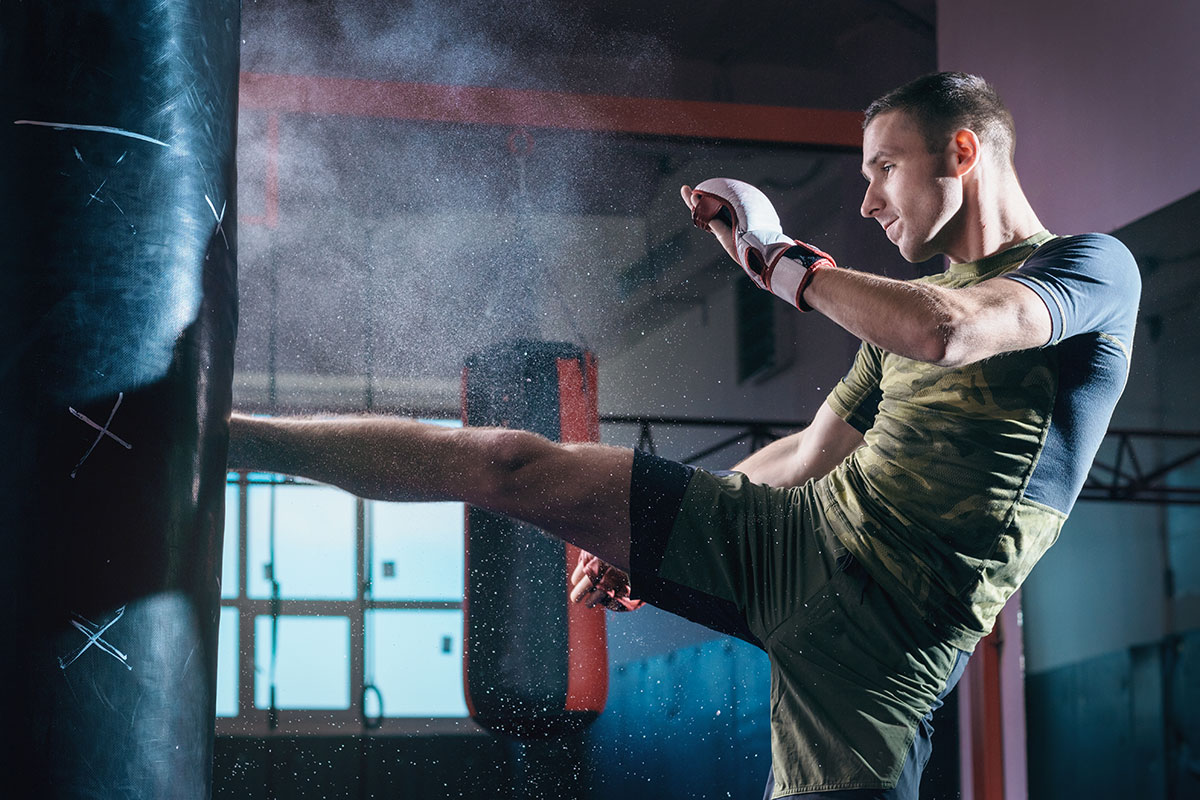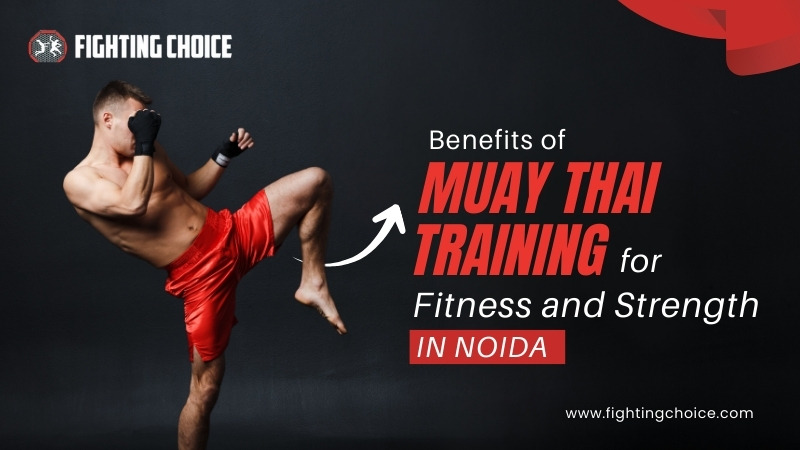Boxing and kickboxing are both powerful combat sports that not only build physical strength but also boost confidence and mental focus. While they might look similar to a beginner, the training, techniques, and goals of each are quite different. Whether you are looking to get fit, learn self-defense, or compete professionally, understanding the difference between kickboxing training and boxing training can help you choose the path that suits you best.
In this blog, we’ll break down the basics of each sport, how the training differs, the techniques used, rules involved, and help you decide which one might be better for your goals.
What is Boxing?
Boxing is a traditional combat sport focused solely on hand strikes. It is often called “the sweet science” because of its technical skill, timing, and footwork.
Key Features of Boxing Training:
1. Punch-Only Discipline: Boxing training focuses on punches such as jab, cross, hook, and uppercut.
2.Footwork and Movement: A major part of training involves foot positioning, head movement, and dodging.
3.Pad Work and Sparring: Boxers train with pads, bags, and partners to improve speed and reaction time.
4.Conditioning and Endurance: High-intensity interval training (HIIT), running, and core work are commonly part of the routine.
5.Mental Focus: Boxing teaches patience, timing, and strategic thinking in every move.
Boxing training is ideal for those who want to build strong upper body strength, improve reflexes, and learn powerful hand-based self-defense.

What is Kickboxing?
Kickboxing is a full-body combat sport that combines punches and kicks. It draws elements from karate, Muay Thai, and boxing, making kickboxing training a versatile and dynamic experience.
Key Features of Kickboxing Training:
1.Punches and Kicks Together: In kickboxing training, you learn both hand and leg strikes, including roundhouse kicks, front kicks, and knees.
2.Greater Flexibility and Balance: Kicking techniques require good coordination, balance, and hip flexibility.
3.Total Body Workout: You engage your upper body, lower body, and core muscles in almost every session.
4.Speed and Agility: Movements are fast and dynamic, helping to improve overall mobility.
5.Cardio-Intensive: Kickboxing training often includes long cardio sessions for stamina and weight loss.
Kickboxing is perfect for those looking to get a full-body workout, burn calories, and learn self-defense using both hands and legs.

Kickboxing vs Boxing
Now that you know what both sports are about, let’s compare them side-by-side.
1. Striking Techniques:
- Boxing uses only the fists. Every attack or defense move is built around punches.
- Kickboxing combines punches, kicks, knees, and sometimes elbows depending on the style.
2. Training Intensity:
- Boxing focuses heavily on drills for punching speed, power, and defensive movement.
- Kickboxing includes cardio, leg drills, and combination techniques that involve more muscle groups.
3. Fitness Goals:
- Boxing is great for building upper body strength and endurance.
- Kickboxing provides a full-body workout and is excellent for fat burning and toning.
4. Learning Curve:
- Boxing is easier to learn at first since there are fewer techniques to master.
- Kickboxing may take more time because of the need to coordinate kicks with punches.
5. Injury Risk:
- Both sports carry some risk, but kickboxing may have a higher chance of muscle strains due to kicks and flexibility demands.
Techniques and Strikes
Boxing Techniques:
1.Jab: This is a fast, straight punch thrown with the lead hand. It is used to create distance, keep opponents on edge, and set up more powerful punches. A well-timed jab can disrupt an opponent’s rhythm and even win matches by scoring clean hits.
2.Cross: The cross is a straight punch thrown from the rear hand, often following a jab. It carries more power and is aimed at delivering strong impact, especially when the opponent is open after a jab.
3.Hook: A hook is a semi-circular punch usually thrown to the side of the opponent’s head or body. It is highly effective at close range and can be a knockout move if landed cleanly.
4.Uppercut: An upward punch aimed at the opponent’s chin or body, the uppercut is used in close combat. It can lift the opponent’s head, disrupt balance, and open them up for follow-up shots.
5.Slip and Roll: These are defensive maneuvers to avoid incoming punches. Slipping involves tilting the head sideways, while rolling means bending the knees and rotating under a punch. They help improve reflexes and defense.

Kickboxing Techniques:
1.Roundhouse Kick: One of the most powerful kicks in kickboxing, it is executed by swinging the leg in a circular motion, aiming to strike with the shin or foot. It targets the thighs, ribs, or head.
2.Push Kick (Teep): Used to maintain distance or push the opponent backward. It is often aimed at the midsection and can stop aggressive advances.
3.Knee Strike: Delivered in close range, this strike is driven upward using the knee. It can target the body or head and is especially effective in clinch situations.
4.Elbow Strike: In styles that allow it, the elbow is used as a short-range weapon. It’s sharp, fast, and can cut or cause serious damage. Timing is crucial.
5.Combo Drills: These are sequences combining punches and kicks. Practicing combinations builds fluidity, coordination, and timing, and simulates real fight scenarios.

Rules and Regulations
Boxing Rules:
- Only punches are allowed.
- No striking below the belt, holding, or using elbows.
- Matches are scored by clean punches landed and defensive skills.
- Protective gear includes gloves, mouthguard, and headgear (in amateur matches).
Kickboxing Rules:
- Punches, kicks, and knees are allowed (elbows in some formats).
- Sweeps and low kicks are allowed depending on the rule set.
- Points are scored for clean strikes using any allowed technique.
- Protective gear includes gloves, shin guards, and sometimes chest protectors.
Boxing vs. Kickboxing: Which One’s Better?
It really depends on your personal goals.
Choose Boxing If:
- You want to focus on hand speed and footwork.
- You’re looking for a sport with a deep history and clear structure.
- You enjoy strategic movement and one-on-one competition.
Choose Kickboxing If:
- You want a full-body workout.
- You enjoy dynamic movement and like using your legs.
- You want to improve flexibility and cardio endurance.
Both are effective for fitness, discipline, and self-defense. The best choice is the one that keeps you motivated and excited to train.
Conclusion
Boxing training and kickboxing training both offer unique benefits. Boxing sharpens your hands, reactions, and footwork, while kickboxing gives you a full-body approach with more variety in movements. Neither is better than the other—they simply serve different purposes.
If you’re still unsure, try both! Many gyms offer beginner classes in both disciplines, and experiencing them firsthand can help you decide.
Train with the Best at Fighting Choice
Ready to start your journey in boxing or kickboxing? Join Fighting Choice and train under experienced coaches who guide you every step of the way—whether you’re training for fitness, fun, or competition.
📍 Address: 3rd Floor, On Red Light, Sharma Market, near Metro Station Sector 34 Noida, Hoshiarpur Village, Sector 51
📞 Contact: 081013 13713
Experience the difference with professional training that pushes you to be your best!





